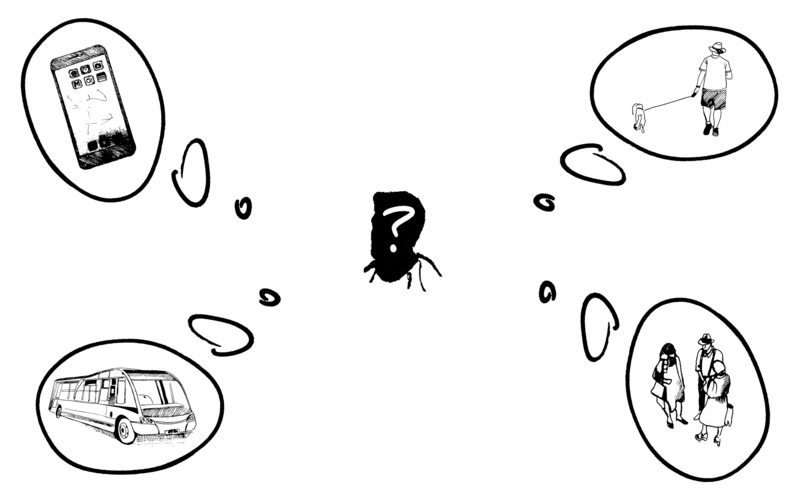LC 00816: verschil tussen versies
Geen bewerkingssamenvatting |
Geen bewerkingssamenvatting |
||
| Regel 3: | Regel 3: | ||
'''HAIRE's Guided Conversation''' | '''HAIRE's Guided Conversation''' | ||
In HAIRE, the target audience was older adults in rural locations across Europe. Additionally, the project was interested in how issues relating to wellbeing were being experienced in these specific locations. | In HAIRE, the target audience for conversations was older adults in rural locations across Europe. Additionally, the project was interested in how issues relating to wellbeing were being experienced in these specific locations. | ||
Overall, in HAIRE, the conversation’s purpose was to reflect on issues and identify what was needed for support older adults. These needs included reflecting on what individuals could do themselves, as well as thinking about how they could be supported and by whom. | Overall, in HAIRE, the conversation’s purpose was to reflect on issues and identify what was needed for support older adults. These needs included reflecting on what individuals could do themselves, as well as thinking about how they could be supported and by whom. | ||
Versie van 16 feb 2023 12:27
The Guided Conversation is HAIRE’s adaptable tool that aims to understand how a person’s life experiences, local area and social connections (to other people, organisations and activities) influence their wellbeing.

Guided Conversations place the participating individual at the centre of the conversation. Their life experiences, opinions and how they relate to topics of interest lead the conversation to identify their needs and what can be done to support them - including what they can do to address the issues that they are experiencing.
HAIRE's Guided Conversation
In HAIRE, the target audience for conversations was older adults in rural locations across Europe. Additionally, the project was interested in how issues relating to wellbeing were being experienced in these specific locations.
Overall, in HAIRE, the conversation’s purpose was to reflect on issues and identify what was needed for support older adults. These needs included reflecting on what individuals could do themselves, as well as thinking about how they could be supported and by whom.
Referenties
- HAIRE Action Plan Letter Laakdal, Laakdal OCMW, Laakdal OCMW, 23 februari 2023.
- ONS Loneliness Survey Source, Office for National Statistics, United Kingdom, Office for National Statistics, United Kingdom, 16 februari 2023.
- Guided Conversation Tips and Training, University of Exeter, University of Exeter, 23 februari 2023.
- HAIRE Conducting Guided Conversations Template, University of Exeter, University of Exeter, 23 februari 2023.
- HAIRE Guided Conversation Participant Template, University of Exeter, University of Exeter, 23 februari 2023.
- HAIRE Transferability, University of Exeter, University of Exeter, 30 maart 2023.
- WEMWBS Survey Source, Warwick University, United Kingdom, Warwick University, United Kingdom, 16 februari 2023.
